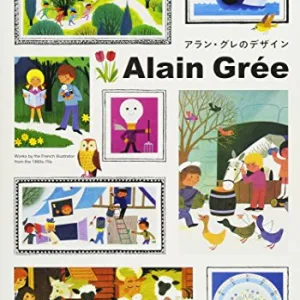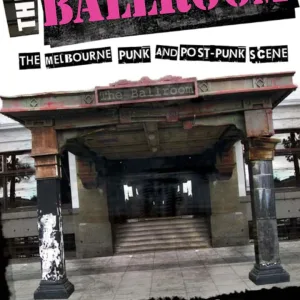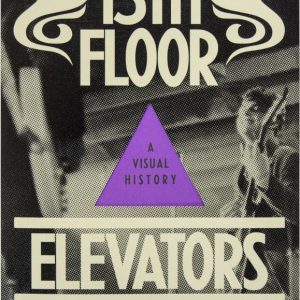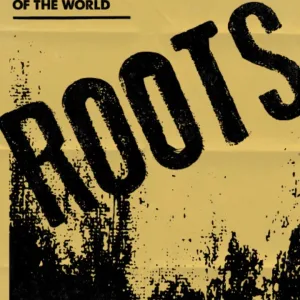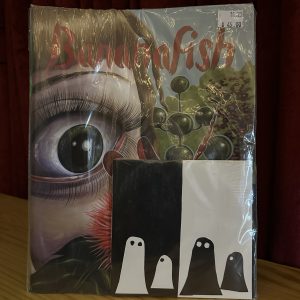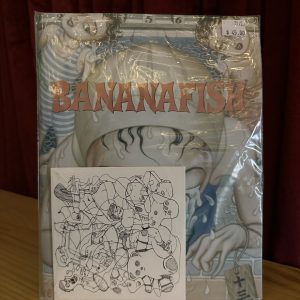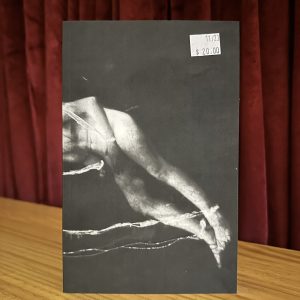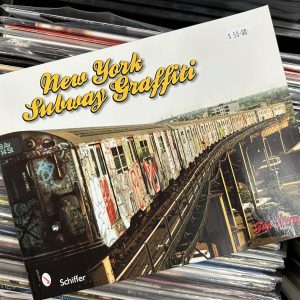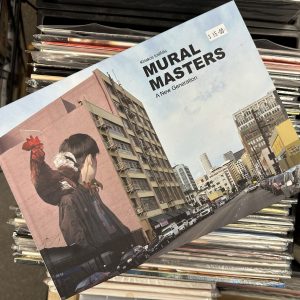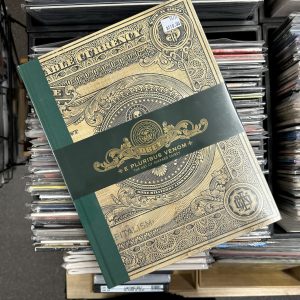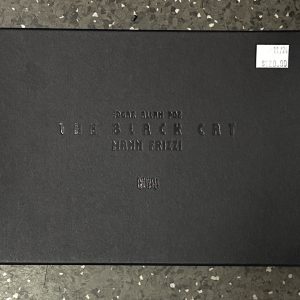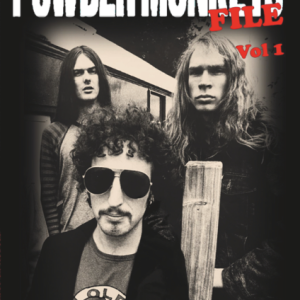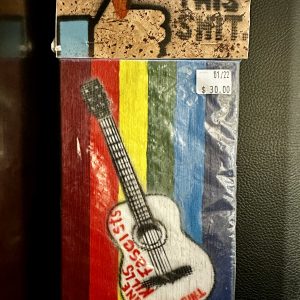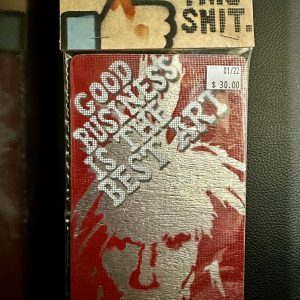Sign in
Login
Register
Alain Gree: Works by the French Illustrator from the 1960’s-70s
$60.00
This is the first title on Alain Gree's beautiful illustrations selected mainly from his work during the 1960s and 1970s. More than 200 works are showcased, many only available today in antique books. In addition, this title features Gree's original paintings, rough sketches and interviews. This collection will bring back treasured memories for adults who have grown up with Gree's colourful, cheerful books. The book also serves as a good reference for those studying illustration. Born in 1936, Alain Gree is a French illustrator, author and graphic designer. He has released more than 300 children's books since the late 1950s, when colourful and visually attractive educational books were rare. His educational books for children, often known as the PILOU series or the Achille et Bergamote series, have been translated into more than 20 languages and widely read all over the world. His illustrations have also been used in school textbooks, as well as in advertising posters.
Add to cart
The Ballroom: The Melbourne Punk & Post-Punk Scene
$30.00
Author: Dolores San Miguel
St Kilda, Melbourne, in the late 70s was the birthplace of a venue that would become the pulse of punk and new wave music in Australia, attracting Melbourne's most famous and infamous musicians. This title is a brutally frank memoir of what has become known as one of the most pivotal, fascinating and influential periods of Australian musical and cultural history. The story is illustrated with original flyers and candid photos.
Add to cart
13th Floor Elevators: A Visual History
$110.00
Author: Paul Drummond
Before the hippies, before the punks, there were the 13th Floor Elevators: an unlikely crew of outcast weirdo geniuses who changed musical culture. Through a rich and diverse array of primary materials – including previously unseen band photographs, rare artwork, items from family scrapbooks and diaries, new and archival interviews, dozens of press accounts, (and many Austin Police Department records!) – this impressive volume tells the complete and unvarnished story of the band. Born out of a union of club bands on the burgeoning Austin bohemian scene and a pronounced taste for hallucinogens, the 13th Floor Elevators were formed in late 1965 when lyricist Tommy Hallasked a local singer named Roky Erickson to join up with his new rock outfit. Four years, three official albums, and countless acid trips later, it was over: the Elevators’ pioneering first run ended in a dizzying jumble of professional mismanagement, internal arguments, drug busts, and forced psychiatric imprisonments. In their short existence, however, the group succeeded in blowing the lid off the budding musical underground, logging early salvos in the countercultural struggle against state authorities, and turning their deeply hallucinatory take on jug-band garage rock into a new American institution called psychedelic music.
Add to cart
Punk is Dead, Punk is Everything
$95.00
Author: Bryan Ray Turcotte
This title exposes the lasting impact of punk on visual culture. Hundreds of flyers, photos, set lists, vintage fashions and other ephemera from all of your favourite bands are jammed into this menacing volume. It features a wide spectrum of bands that initially ignited the scene and later fuelled its global expansion. It also features interviews with Ian Mackaye, a respected voice of the DIY music underground, and Malcolm McLaren, a promoter of the early punk movement.Contributing writers such as Wayne Kramer, Arturo Vega, Kid Congo, David Yow, Annie Anxiety, Duane Peters, Marc Mc- Coy, Tony Alva, Don Bolles, Trudie and Pat Smear flesh out the visual assault. It also features hard hitting interviews with Ian Mackaye, one of the most respected voices of the DIY music underground, and Malcolm McLaren, likely the most impactful promoter of the early punk movement.
Add to cart
ROOTS: How Melbourne Became the Live Music Capital of the World
$35.00
Author: Craig Horne
Melbourne is able to support around 465 live music venues – compared to 453 in New York and 385 in Tokyo. Melburnians are committed to going out to listen to live music and have supported generations of musicians. This title is the socio-political history of live music in Melbourne and the stories of those musicians who played anything they wanted: jazz, rock, country and blues.
Add to cart
BANANAFISH #15; Magazine + CD
$45.00
The style of the magazine was a mix of interviews, articles, fiction, and music reviews, often written in Glass's absurdist, stream-of-consciousness writing style, which at times bordered on nonsense. The text was complemented by bizarre artwork and photographs, frequently unrelated to the articles they accompanied. One trademark of the magazine was its use of appropriated text and images from uncredited or unknown sources, taken from found objects picked up by Glass, other contributors, or readers. Another regular feature was the inclusion of a compilation 7" record or CD of music by artists profiled in the corresponding issue. Bananafish is often credited with giving many Americans their first exposure to Japanese noise musicians such as Merzbow and Solmania, as well as domestic noisemakers like Emil Beaulieau
Front Cover by Christine Shields from Bananafish Issue #15
Add to cart
BANANAFISH #14; Magazine + CD
$45.00
The style of the magazine was a mix of interviews, articles, fiction, and music reviews, often written in Glass's absurdist, stream-of-consciousness writing style, which at times bordered on nonsense. The text was complemented by bizarre artwork and photographs, frequently unrelated to the articles they accompanied. One trademark of the magazine was its use of appropriated text and images from uncredited or unknown sources, taken from found objects picked up by Glass, other contributors, or readers. Another regular feature was the inclusion of a compilation 7" record or CD of music by artists profiled in the corresponding issue. Bananafish is often credited with giving many Americans their first exposure to Japanese noise musicians such as Merzbow and Solmania, as well as domestic noisemakers like Emil Beaulieau.
Add to cart
And I Could Not Have Hurt You
$20.00
Kiddiepunk is proud to present “And I Could Not Have Hurt You” a new book of poems by Robbie Coburn. This harrowing collection consists of 36 sombre and piercing poems exploring death, loss, depression and self-harm. Presented in three sections, the poems form a fractured and harrowing narrative that doubles as a descent into the abyss.
Read more
Product Categories
Product Status
New Products
© Trash Cult 2020. Website by Travis Pithie

